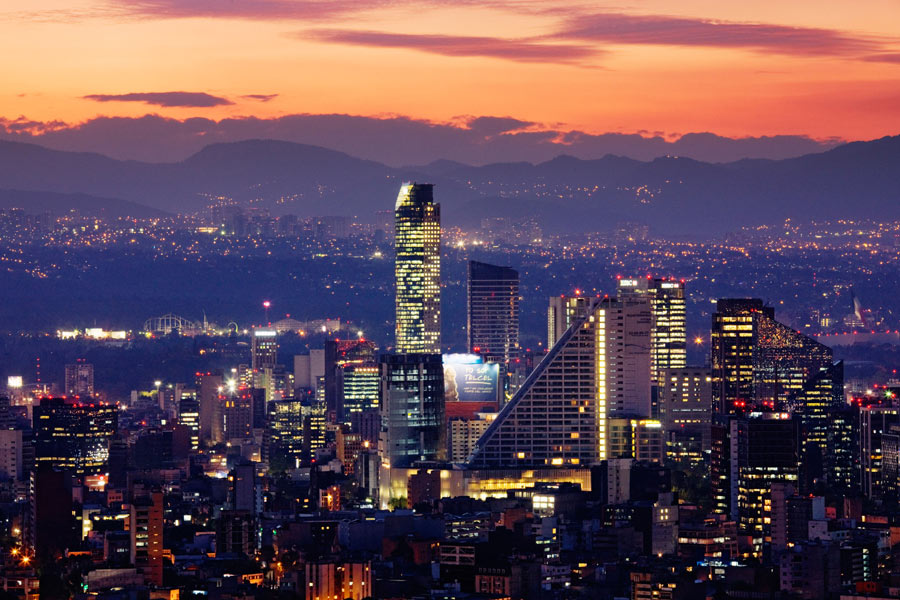10. Komodo Dragon
 Very much like Polar Bears, Komodo Dragons are not picky eaters. They will eat anything from birds to water buffalos to humans and they have even been known to dig up bodies from shallow graves. They are prodigious hunters and will wait stealthily until their prey approaches after which they will charge forward, rip out its throat, and retreat while it bleeds out. Once again, like Polar Bears, the only reason their human kill count is so low is probably due to limited interaction as well as the fact that they only really need to eat once a month.
Very much like Polar Bears, Komodo Dragons are not picky eaters. They will eat anything from birds to water buffalos to humans and they have even been known to dig up bodies from shallow graves. They are prodigious hunters and will wait stealthily until their prey approaches after which they will charge forward, rip out its throat, and retreat while it bleeds out. Once again, like Polar Bears, the only reason their human kill count is so low is probably due to limited interaction as well as the fact that they only really need to eat once a month.9. Tse Tse Fly
8. Leopard
When most animals are wounded they run away and hide. Not leopards. When these dangerous creatures are wounded they become even more dangerous. Not only that, but they’re strong. Anyone who has watched the Discovery Channel knows that they like to hide their prey out of reach. Translation: they drag dead antelopes up trees.
7. Carprt Viper
Responsible for the majority of snake related deaths in the world, this viper uses a hemotoxin similar to that of the boomslang. Unfortunately most of the bites occur in areas that lack modern medical facilities so the victims slowly bleed to death over the course of several weeks.
6. Brazilian Wandering Spider
Meet the most venomous spider in the world, according to the Guinness Book of World Records. What makes this critter so dangerous though is also how it got its name – a tendency to wander. They are often found hiding in houses and cars of densely populated areas, especially during daytime. Not a good combination.
5. Blue Ringed Octopus

About the size of a golf ball, don’t let its small stature fool you, it holds enough venom to kill 26 full grown adults and as you may have guessed, there is no antidote. Assuming that your friend ever gets bitten you had better know CPR because you can be sure that within minutes they will be completely paralyzed and unable to breathe. Mother nature, however, shows no mercy and they will maintain their consciousness for the next few hours until the venom is neutralized by their body. This is of course assuming that you, or someone at the hospital, continues artificial respiration.
4. Hippopotamus
Although they are mostly herbivorous, they are also highly aggressive and are widely regarded as one of the most dangerous animals in Africa. They have been known to attack humans without provocation even to the point of destroying entire vehicles.
3. Saltwater Crocodile
Sitting at the top of its food chain the Saltwater Crocodile has been known to eat everything from water buffalo to sharks. In order to kill its food it make use of a technique called the “death roll” where it relentlessly flips its prey over and over in the water until it drowns and then comes apart.
2. African Elephant
The world’s largest land animal, elephants can be fiercely aggressive and have been known to trample even a rhinoceros or two to death. They seemingly have the capacity to display bouts of rage and have even engaged in activities that have been interpreted as vindictive, razing entire villages in the process.
1. Mosquito
Moving from one of the largest animals in the world we now come to one of the smallest. As small as it is though, it is also the deadliest. It has been estimated that mosquitos transmit diseases to almost 700 million people annually resulting in 2 to 3 million deaths every year.



